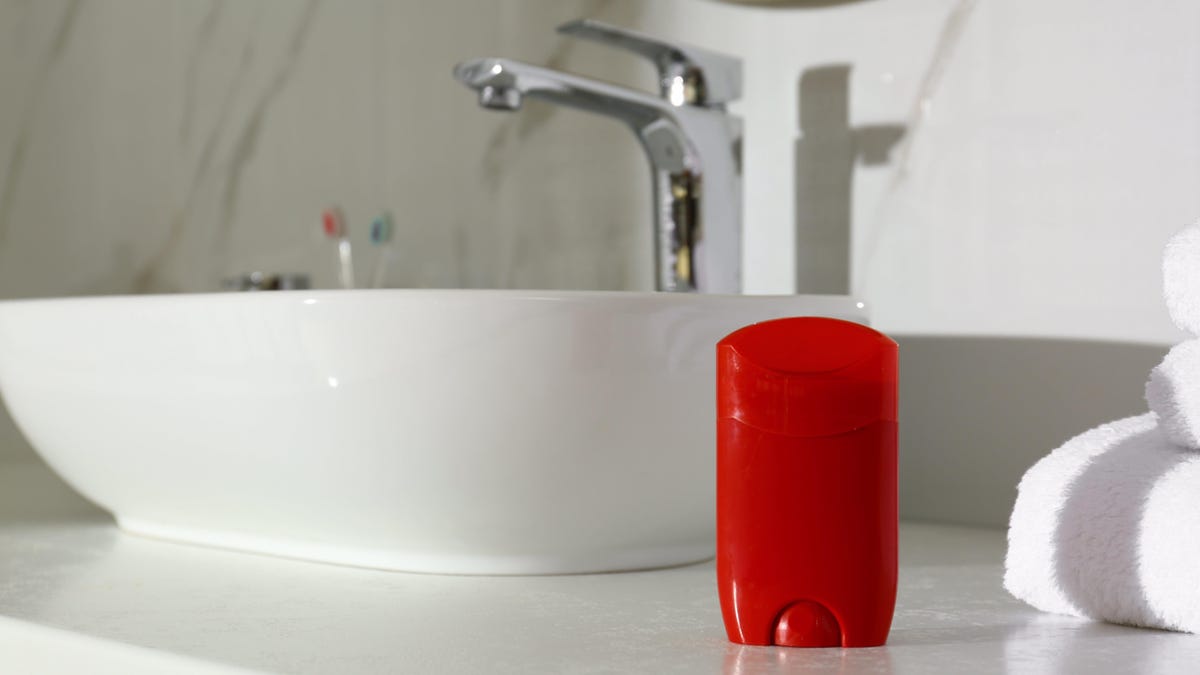It's Time to Take Your Winter Allergies More Seriously
If you think winter means the end of allergies, think again.

If you think winter means the end of allergies, think again.
We may earn a commission from links on this page.

Credit: ookas.camera/Shutterstock
Those of us with allergies have already endured a particularly brutal spring, followed by a few months of relentless hay fever symptoms. But now that the temperatures are finally dropping, we’ll be in the clear for the rest of the year, right? Well, not exactly.
Outdoor seasonal allergies may be over for people living in most parts of the country, but winter is typically the worst time of the year for indoor allergens like dust, pet dander, and mold. Our first instinct may be to write off any sniffling, sneezing, or coughing as a winter cold, but that’s not always the case. It’s time to take winter allergies seriously: Here’s where to start.
What are winter allergies?
The term "winter allergies" actually refers to indoor allergies, which exist year-round. That said, indoor allergies tend to be more problematic and noticeable during the winter. According to the American College of Allergy, Asthma and Immunology (ACAAI), there are a few reasons for that:
We spend more time at home, and indoors in general
The colder weather means we’re more likely to keep our doors and windows shut: This keeps the cold out, but also seals allergens inside with us
Forced air heating recirculates the indoor air and any allergens it contains
Forced air heating may also kick up dust that had accumulated on the walls, woodwork, the tops of cabinets, and other hard and soft surfaces that aren’t cleaned regularly
Plus, as a resource from the Allergy & Asthma Network (AAN) points out, forced air heating—as opposed to the steam heating often seen in older houses and apartments—decreases the humidity level of indoor air, which can then heighten allergy symptoms. On top of that, the air can dry out our nasal membranes, leaving them cracked, sore, and more susceptible to a secondary infection.
If all that wasn’t enough, the more we’re exposed to indoor allergens, the worse our symptoms will likely get, according to the AAN. When we spend more time inside breathing in dry, recirculated, allergen-filled air, our body identifies allergens like dust and dander as invaders, then prompts our immune system to launch an attack against them. This kind of exaggerated response to an invader may involve increased mucus production, for example.
Some of the most common indoor allergens include:
Dust
Dust mites (the microscopic arachnids that feed on and live in dust; technically, we’re allergic to a combination of their waste particles and dead body fragments)
Mold
Pet dander
Cockroaches (technically, a combination of their feces and the shells of the deceased)
Dander, droppings, urine, and parasites brought inside by rodents seeking shelter from cold weather
What are the symptoms of winter allergies?
Winter allergies can bring on the same symptoms as outdoor seasonal allergies and can present in various combinations that differ from person-to-person. Those symptoms include:
Sneezing
Watery, itchy eyes
Runny nose
Nasal congestion
Coughing
Postnasal drip
Sore or itchy throat
Rashes or dry, itchy skin
Headaches
Disrupted sleep
Wheezing and shortness of breath (for those with allergic asthma)
How do you get rid of winter allergies?
While you can’t simply stop being allergic to something, there are a few ways you can manage your winter allergies. These include:
Stay on top of cleaning: Don’t wait until spring. Start with a deep clean to get rid of accumulations of dust, dander, mold, and other allergens, then clean, dust, and vacuum regularly.
Use an air purifier: In this post, Lifehacker’s Senior Health Editor Beth Skwarecki explains what to look for when purchasing an air purifier to help ease allergy symptoms
Change your HVAC filter regularly: Replace with filters with a MERV rating of 13 or higher
Minimize your pet’s dander: Whether you have cats, dogs, or another furry pet, do what you can to reduce the spread of their dander, based on what’s best for your breed. This might mean bathing them more often, bathing them less often, and/or brushing them outside.
If you’ve done what you can in your home, contact your doctor if your winter allergy symptoms are still problematic—especially if you also have asthma, or suspect your symptoms have progressed into sinusitis or another secondary infection.

 Lynk
Lynk 



















.jpg&h=630&w=1200&q=100&v=6e07dc5773&c=1)











.jpg&h=630&w=1200&q=100&v=f776164e2b&c=1)